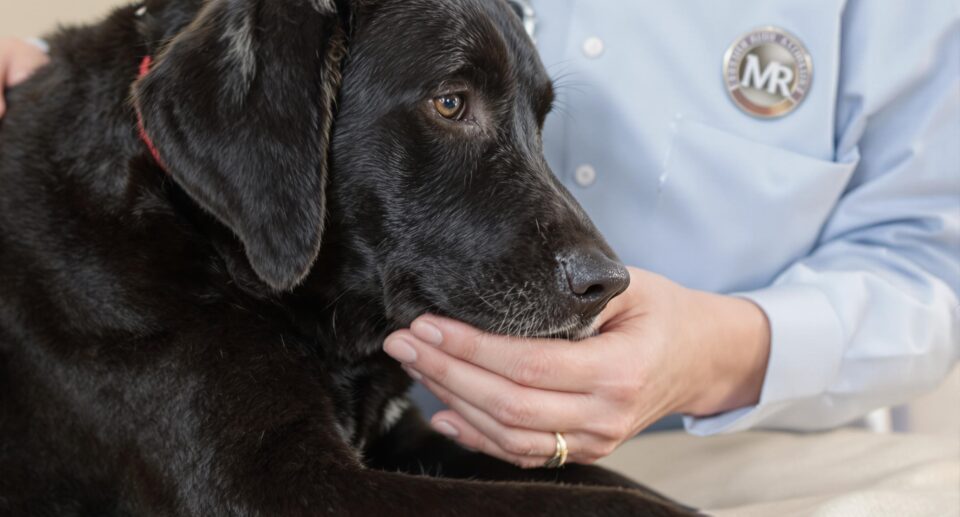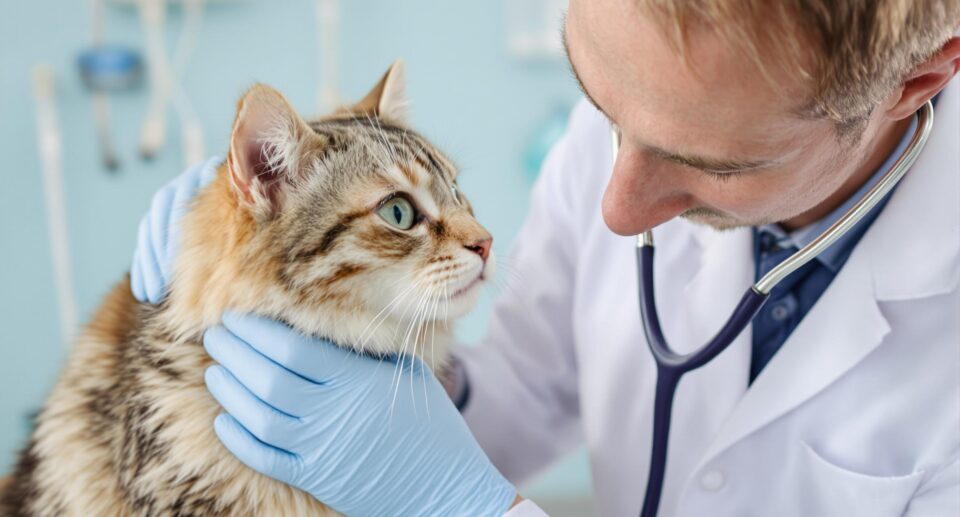What Causes Fatty Skin Tumors in Dogs?

A fatty tumor (or lipoma) in dogs is one of several different types of skin tumors. It is a slow-growing collection of fat cells usually found just under the skin. Fatty tumors are different than normal fat because they form lumps rather than a flat layer under the skin.
Fatty tumors are benign, which means they are a group of cells that multiply without normal control but do not travel through the body (metastasize) or invade surrounding tissue. Even though fatty tumors are not destructive to other cells, they can cause health problems by growing so large they press on internal organs. Depending on where they develop, fatty tumors can interfere with your dog’s walking and movement. When fatty tumors interfere with movement, which is common when they grow between your dog’s front leg and body wall (in the axilla), friction can wear through the skin and infections can develop.
Key facts about fatty tumors in dogs and cats
- A fatty tumor (lipoma) is a soft, slow-growing swelling under the skin.
- Just because a lump in the skin is small does not mean it is innocent.
Infiltrative fatty tumors (lipomas)
Normally fatty tumors sit in a little pocket or fibrous case separated from surrounding tissues, but very rarely fatty tumors penetrate into the surrounding tissues, especially into muscle. This is an infiltrative fatty tumor. Although an infiltrative fatty tumor does not metastasize to other areas of the body, it is not as benign as a regular fatty tumor. Infiltrative fatty tumors, like regular fatty tumors, can develop in multiple locations on your pet.
Infiltrative fatty tumors usually do not feel like simple fatty tumors because they are firmer and are fixed to underlying tissues. They may also be painful because they interfere with muscle contraction. Some will cause lameness.
Which pets can develop fatty skin tumors?
Tumors of all kinds are common in dogs and cats, and about one-third of all dog tumors are located in the skin. About one-quarter of all feline tumors are located in the skin. Among the common canine and feline skin tumors are mast cell tumors, perianal adenomas, fibrosarcomas, melanomas, histiocytomas, squamous cell carcinomas, hemangiopericytomas, and basal cell tumors.
Fatty skin tumors develop more easily in some dog breeds than others. Labrador Retrievers, Shetland Sheepdogs, and Doberman Pinschers may be genetically predisposed. Dogs with hypothyroidism are also prone to developing fatty tumors.
Fatty skin tumors are rare in cats and horses. Unfortunately, when fatty tumors occur in horses, they can form on a stalk within the abdomen, become twisted, and cause colic.





